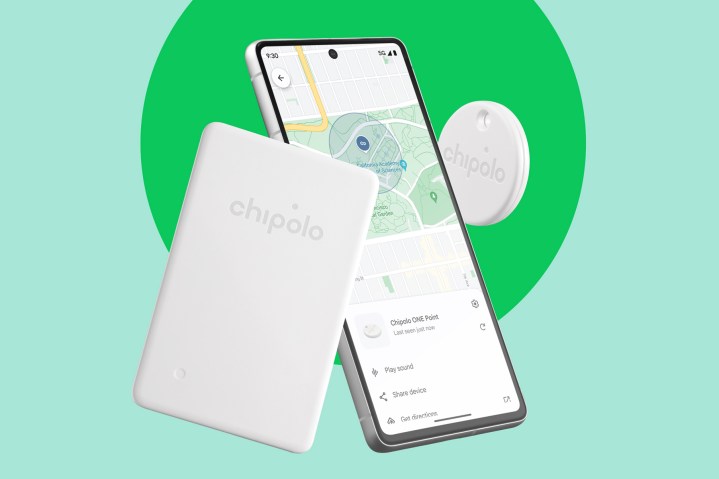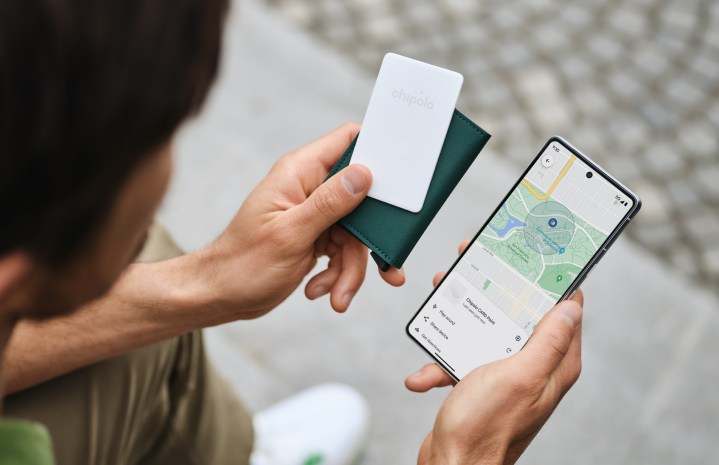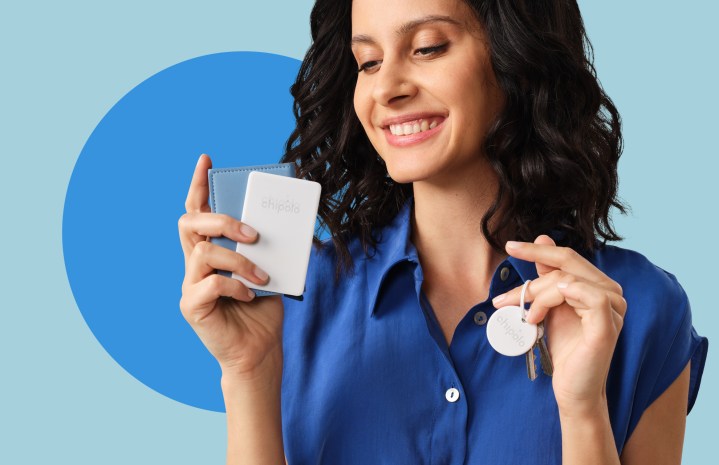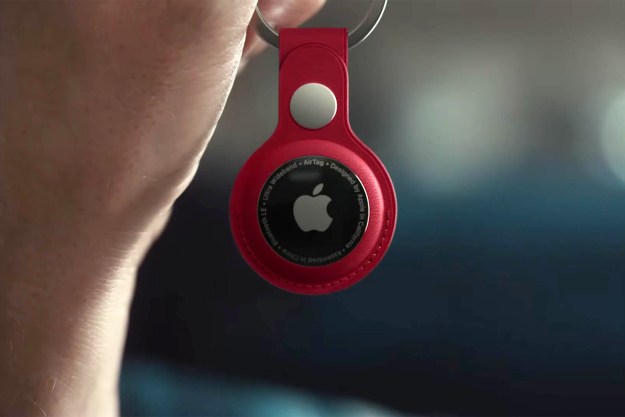
Google’s new Find My Device tracking service will soon launch with an important third-party provider. Chipolo has announced two new trackers for the service: the Chipolo One Point item tracker and the Chipolo Card Point wallet finder.
By offering these trackers, Chipolo will be among the first companies in the market to provide trackers that work with Google’s new tracking network. Google announced its new Find My Device network last year. In short, it’s Google’s answer to Apple’s Find My network. Find My Device can use other nearby Android devices to track your lost phone, item tracker, etc. — just like how Find My uses iPhones and other Apple devices to locate lost iPhones and AirTags.
The latest trackers from Chipolo have multiple features that can help you find items for daily use, such as keys, wallets, bags, and more. You can use the Find My Device app to determine the distance between your location and the tracker. These trackers also have built-in ringers that play a sound when they are nearby, which is helpful for quickly locating them. With a 120dB (Chipolo One Point) and 105dB (Chipolo Card Point) ring, finding misplaced items should be effortless, even if hidden in pockets or backpacks.

Like other Bluetooth trackers, you must push on the Chipolo One Point or Chipolo Card Point to get started. From there, a pop-up message will appear on your Android phone to guide you through the rest of the setup process. You can also share your Chipolo with your loved ones and track your shared items.
The new trackers have a water resistance rating of IPX5, making them splashproof against rain and drizzle. The Chopolo One Point’s battery should last up to 12 months before needing to be replaced, while the Chipolo Card Point has a battery life of two years.
According to Primož Zelenšek, CEO and co-founder of Chipolo: “Thanks to Google’s expansive Find My Device network and Chipolo’s expert item-tracking capabilities, we are excited to bring Android users an advanced finding experience.”

Says Erik Kay, Vice President of Engineering at Google: “Find My Device is a truly unique experience for Android users thanks to our open ecosystem that gives people the freedom of choice and a crowdsourced network of over a billion devices to help find your lost everyday items and devices no matter where they are.”
The Chipolo One Point item tracker and Chipolo Card Point wallet finders will be available to purchase on the company website beginning Monday, May 27. Both trackers will launch through Amazon and select retailers in July.
Editors' Recommendations
- Do AirTags work with Android phones?
- I’ve used Android phones for 10 years, and I hate these ones the most
- AirTag helps flyer find his AirTag – but not his missing wallet
- Here’s what Android phones might have looked like without the iPhone
- Does the Pixel 6a have an SD card slot? How the phone handles expandable storage




